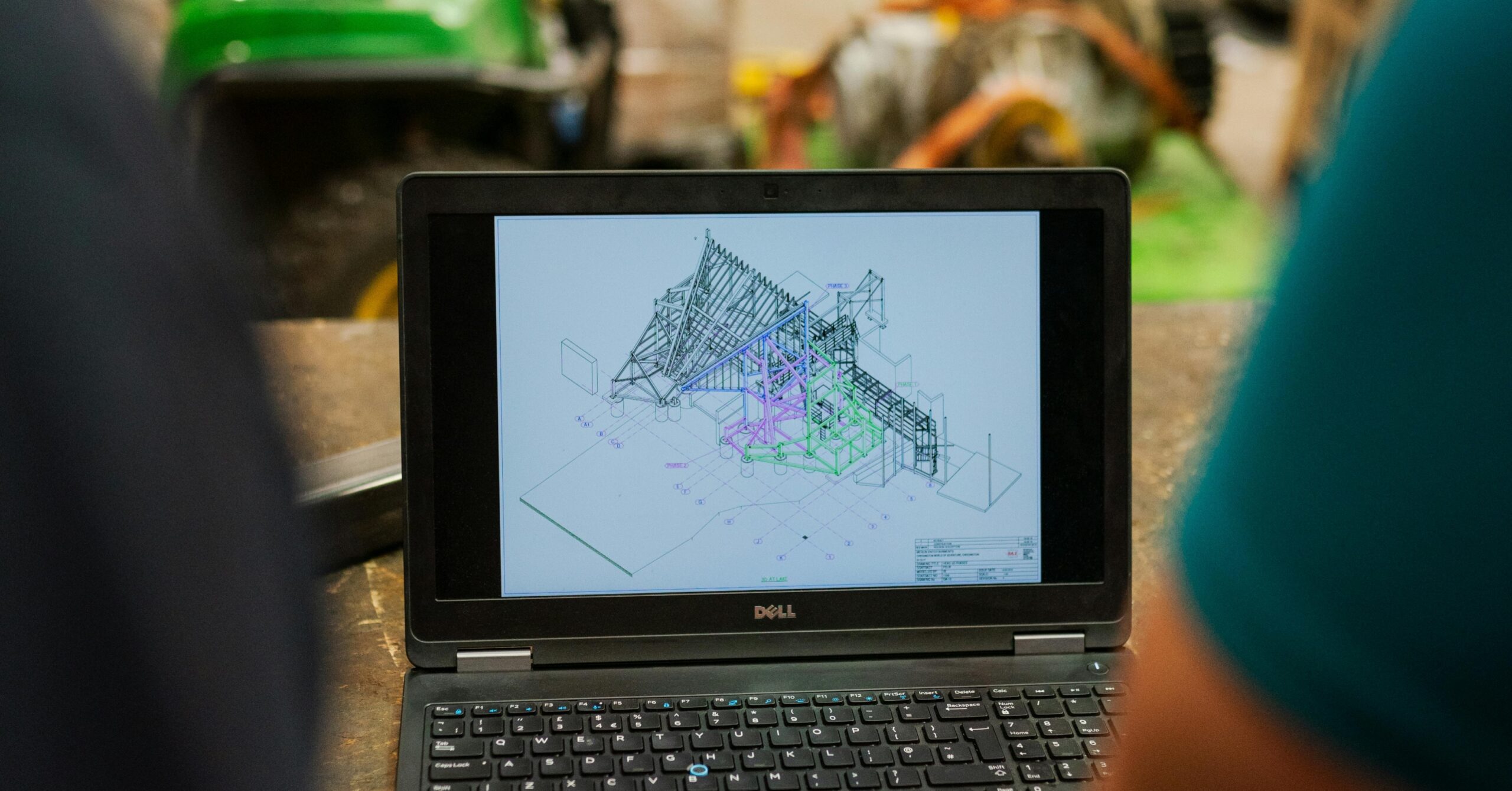How to Choose the Right Software Development
Choosing the right software development methodology for your project is like building a skyscraper’s foundation. Your project’s overall success, efficiency, and outcome can all be significantly impacted by the methodology you choose. With a variety of techniques accessible, from customary to deft, choosing the most reasonable one can be an overwhelming errand. You can, however, confidently navigate this decision-making process with the appropriate knowledge and comprehension of your project’s requirements. The purpose of this article is to offer a comprehensive guide to selecting the appropriate software development methodology for your project.
Figuring Out Programming Advancement Systems
It is essential to comprehend the fundamentals of software development methodologies prior to beginning the selection procedure. These systems are structures that frame the cycles, practices, and standards to be adhered to during the product advancement lifecycle. They give construction and direction to advancement groups, empowering them to productively design, execute, and convey projects. There are two general classifications of programming advancement approaches customary and lithe. The sequential, linear approach of traditional methodologies, such as Waterfall, requires that each project phase be completed before proceeding to the next. Then again, lithe techniques, including Scrum and Kanban, stress adaptability, coordinated effort, and iterative turns of events, taking into consideration nonstop improvement and variation all through the undertaking lifecycle.
Things to Think About
Picking the right programming improvement philosophy requires cautious thought of different variables, including
Project Necessities
The nature, degree, and intricacy of your task assume a vital part in deciding the most reasonable technique. For example, projects with obvious prerequisites and stable expectations might toll better with customary philosophies like Cascade. On the other hand, projects described by developing necessities and a requirement for adaptability frequently benefit from deft procedures.
Group Elements
Surveying the organization, size, and range of abilities of your advancement group is fundamental. Deft procedures, with their accentuation on joint effort and self-association, are appropriate for groups that esteem straightforwardness, correspondence, and fast input. Customary systems might be more suitable for groups with a progressive design and clear job definitions.
Partner Inclusion
Consider the degree of association and criticism anticipated from partners all through the venture. Deft techniques advance ordinary partner commitment through highlights like run surveys and day-to-day stand-ups, encouraging a nearer arrangement between the improvement group and partners. Conventional systems ordinarily include less continuous partner cooperation, with formal audits happening at foreordained achievements.
Time constraints
Look at the project’s timeline and any deadlines or constraints that need to be met. The ability to respond quickly to changing requirements is critical in dynamic environments, which are ideal environments for agile methodologies. They consider steady conveyance of usefulness, empowering partners to see substantial improvement from the beginning. Conversely, customary approaches might be more reasonable for projects with fixed courses of events and obvious expectations.
Risk Resistance
Consider your association’s capacity to bear risk and its ways to deal with overseeing vulnerabilities. Spry systems embrace risk through iterative advancement cycles, taking into consideration early identification and moderation of issues. Customary systems, with their consecutive methodology, may offer a feeling of consistency and steadiness, but they could present moves in answering unexpected changes.
Selecting the Right Method
Furnished with a reasonable comprehension of the previously mentioned factors, follow these moves toward picking the right programming improvement system for your venture
Characterize Venture Objectives and Prerequisites
Start by obviously characterizing the objectives, targets, and necessities of your task. Take into account things like the project’s scope, budget, timeline, and anticipated outcomes. This fundamental step will make things clear and act as a framework for choosing the right method.
Survey Task Attributes
Assess the idea of your venture, including its intricacy, vulnerability, and adaptability prerequisites. Decide if the venture fits a consecutive, plan-driven approach or, on the other hand, if it would profit from an iterative, versatile system.
Assess Group Elements
Consider the elements and abilities of your improvement group. Evaluate their degree of involvement in various procedures, as well as their inclinations and correspondence styles. Draw in colleagues in the dynamic cycle to guarantee purchase and arrangement.
Think about Partner Association
Decide the degree of partner inclusion and criticism wanted all through the undertaking lifecycle. In order to foster transparency and alignment, Agile methodologies encourage regular collaboration and feedback loops with stakeholders. Consider whether a more structured, less frequent review process is sufficient for your project or whether such engagement would be beneficial.
Analyze Risk Factors
Identify the project’s potential risks and uncertainties. Analyze each methodology’s approach to risk mitigation and management. Think about whether an iterative methodology, with its accentuation on regular review and variation, would better suit your gamble resilience and relief necessities.
Explore and Emphasize
Feel free to analyze and repeat with various systems, particularly assuming that your undertaking’s qualities or prerequisites advance after some time. Lithe systems, specifically, empower an outlook of persistent improvement and transformation in light of genuine criticism and encounters.
Conclusion
Choosing the right software development methodology is a crucial choice that can have a significant impact on your project’s success. You can make an informed decision that is in line with the goals and objectives of your project if you carefully consider things like the requirements of the project, the dynamics of the team, the involvement of stakeholders, the limitations of time, and your tolerance for risk. Recollect that the determination cycle isn’t one-size-fits-all and may require continuous assessment and variation as your venture advances. You can lay the groundwork for a successful software development journey by fully comprehending the requirements of your project and the available methodologies.










